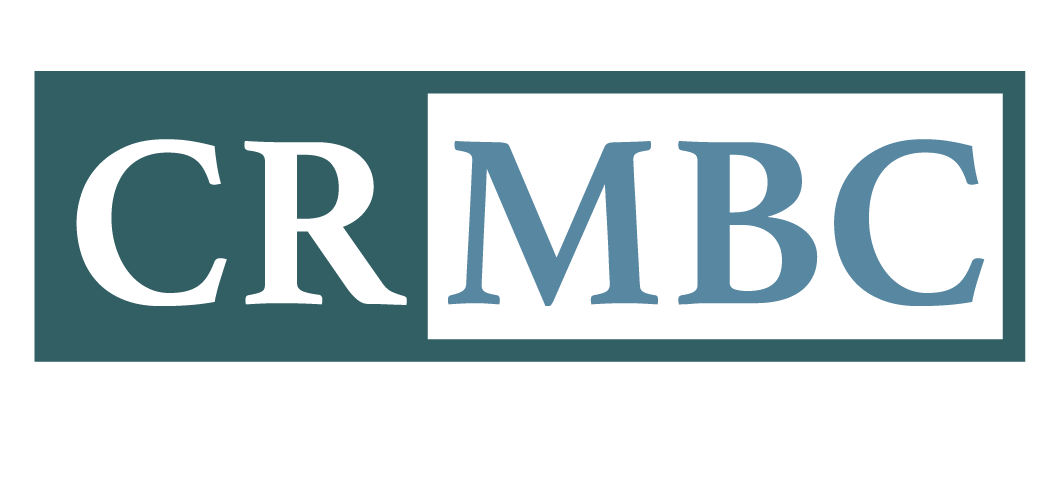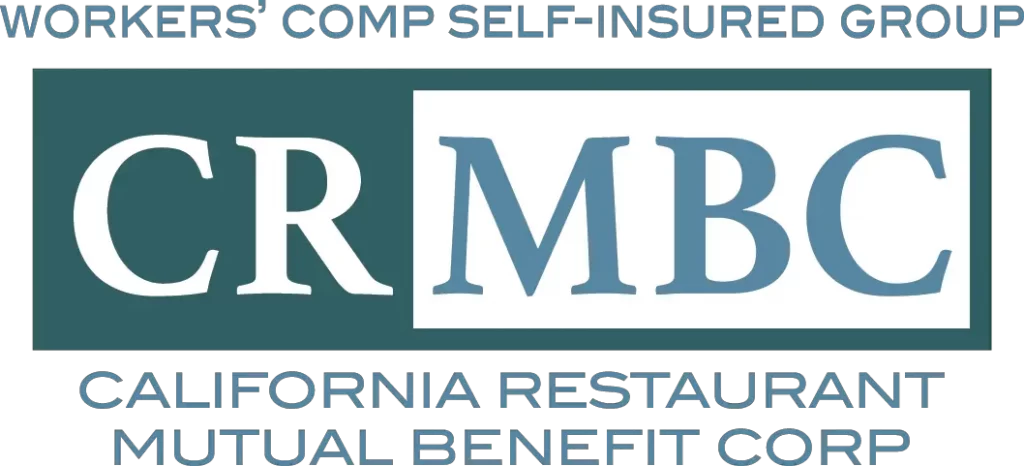Author: Kaya Stanley, Board Chair and CEO, CRMBC
Running a restaurant is a balancing act of managing fast-paced operations and ensuring a safe working environment for your staff. But without proper safety measures, the fast-paced nature of restaurant work can quickly lead to accidents. National safety data shows that our industry’s most common workers’ compensation claims stem from cuts, slips and falls, burns, and overexertion injuries. While some of these injuries are minor, others can lead to significant disability and financial liability.
In California, employers must establish, implement, and maintain an Injury and Illness Prevention Program (IIPP). This program must include a system for communicating with employees about safety and health matters, including near misses. Regular inspections and hazard evaluations are part of this program to identify and correct unsafe conditions. Implementing a robust near-miss reporting system is a proactive step in minimizing these risks and protecting your business and employees.
Understanding Near Misses
A near miss is an incident that could have resulted in injury or damage but didn’t, thanks to quick thinking or pure luck. They serve as early warning signals for identifying hazards and improving workplace safety measures before more severe incidents occur. For example, a server might slip on a wet floor but catch themselves before falling. These close calls are crucial warning signs that shouldn’t be ignored. Reporting and analyzing near misses can prevent future accidents and injuries.
The purpose of a near-miss report is to flag incidents that could turn into claims, even if they didn’t result in immediate harm. This proactive measure alerts us to potential issues on the horizon, allowing us to address them early. Unlike traditional carriers, who typically do not encourage or require near-miss reports to be delivered to the carrier, self-insured groups like ours strongly encourage our members to share them with us. Members might hesitate to report near misses to traditional carriers due to concerns about the impact on their losses or rates. However, our approach is different: we actively seek this information to work collaboratively with our members, enhancing safety and preventing future incidents.
The Importance of Near Miss Reporting
Reporting near misses is essential for several interconnected reasons. It aids in risk mitigation by addressing hazards early, preventing serious accidents and enhancing safety awareness. This proactive approach raises awareness about potential dangers in the workplace, fostering a vigilant and informed workforce. Moreover, it promotes continuous improvement by refining safety protocols and encouraging open communication, creating an environment where safety concerns are openly discussed and addressed. Additionally, identifying trends through near-miss reports provides valuable insights into safety patterns, helping to prevent recurring incidents. Lastly, this practice demonstrates a commitment to compliance, ensuring a safe work environment that meets regulatory requirements.
8 Steps for Implementing a Near Miss Program
To effectively implement a near-miss program, integrate it into your existing safety protocols. Here’s how:
- Engage Employees: Get input from your team through interviews or surveys to understand their perspective on near-miss reporting. Involve them to ensure they feel valued and are more likely to participate actively.
- Hazard Identification: Identify potential hazards that could lead to near misses. This step also prepares your team for root cause analysis, helping to pinpoint underlying issues and prevent future incidents.
- Risk Assessment: Prioritize risks by focusing on the possible consequences of near misses. Evaluate the severity and likelihood of each potential hazard to allocate resources effectively for mitigation.
- Implementation Plan: Develop a clear plan involving representatives from different areas of your restaurant to ensure credibility and address potential challenges. This collaborative approach ensures that all aspects of the restaurant’s operations are considered and that the plan is practical and comprehensive.
- Regular Toolbox Talks: Discuss near-miss reporting to ensure employees understand its importance. These talks reinforce safety protocols and encourage open dialogue about safety concerns and observations.
- Encourage Consistent Reporting: Emphasize prevention over blame. Share real-life examples of how reporting has prevented injuries. Highlight success stories where near-miss reporting led to significant safety improvements to motivate continuous participation.
- Provide Reporting Forms: Simple, accessible forms should make it easy for employees to report near misses. To encourage immediate reporting, these forms should be readily available in multiple locations within the restaurant.
- Use Reporting Tools: To streamline the process, utilize mobile apps or software for real-time near-miss reporting. These tools can help track and analyze data efficiently, providing timely insights for proactive safety management.
Take the first step towards a safer restaurant today. Engage your employees, assess potential hazards, and implement a near-miss reporting system that works for your team. By doing so, you not only comply with regulatory requirements but also demonstrate a genuine commitment to the well-being of your staff and the success of your business.

Kaya Stanley is an attorney, published author, business owner, and highly sought-after strategic turnaround expert. Ms. Stanley serves as CEO and Chairman of the Board for CRMBC, the largest restaurant workers’ compensation self-insured group in California, and she is the Licensee for TEDxReno, an independently organized TEDx Event.
Throughout her 22 years of practicing law, Ms. Stanley has served as outside counsel for Wal-Mart and Home Depot. She was voted one of the country’s “Top 25 OZ Attorneys” by Opportunity Zone Magazine and published a best-selling book called “The Employer’s Guide to Obamacare.” Before that, she earned her master’s degree in social work and public policy, after which she worked with at-risk girls in Detroit and lobbied for women and families.








